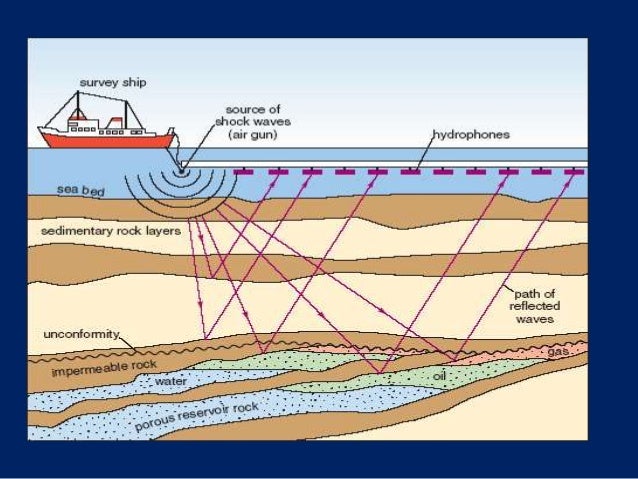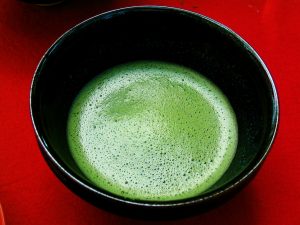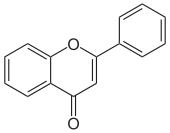In Canada today, about 340, 000 people live with Alzheimer’s disease, which is a mental disease especially prevalent in old population (over age 65) that irreversibly deteriorates memory and thinking ability. This number is expected to increase to 600, 000 by the year 2038, mostly because “baby boomers” (people born 1946-1964) will have reached old age. Such increase in the number of individuals predicted to have Alzheimer is alarming not only for us (the children of baby boomers) but also for the Canadian Health-Care system that is already facing a high demand for care from currently aging population. Because baby boomers have already started to enter their older years, we are now pressed for time to find a solution to the prevalence of Alzheimer’s.
Although Alzheimer’s is not yet curable, this does not mean that we have to watch helplessly while more people get diagnosed with the disease. There are certain leisure activities we can encourage our family and friends to begin now to prevent Alzheimer’s. Even if any of us are genetically predisposed to have Alzheimer’s, these activities can delay the onset of its symptoms so that you can live as if you don’t have the disease.
The breadth and scope of these leisure activities are still being explored, but three that are proven to be effective are physical exercise, education, and artistic activities.
 Physical exercise can be in the form of walking, dancing, running, curling and much more as long as it is intense enough to be equivalent to taking 10, 000 steps a day. Researchers in this study found that when adults with memory impairment carried out these activities, their cognitive functions improved. It’s never too late to exercise!
Physical exercise can be in the form of walking, dancing, running, curling and much more as long as it is intense enough to be equivalent to taking 10, 000 steps a day. Researchers in this study found that when adults with memory impairment carried out these activities, their cognitive functions improved. It’s never too late to exercise!
If you don’t have time to exercise because of all the exams and papers you have to write, there is still good news for you. It turns out that each year of education you receive decreases your chances of developing Alzheimer’s by more than 2%. What if you haven’t graduated high school or stopped your education after high school? That’s okay too because it’s actually the brain-stimulating part about education that is so effective in preventing Alzheimer’s!
 On that note, artistic activities are also brain-stimulating and can efficiently protect you from Alzheimer’s symptoms. Researchers at St. Michael’s Hospital in Toronto found that Alzheimer’s caused more brain damage in non-artists than in artists even though both groups were subject to similar conditions.
On that note, artistic activities are also brain-stimulating and can efficiently protect you from Alzheimer’s symptoms. Researchers at St. Michael’s Hospital in Toronto found that Alzheimer’s caused more brain damage in non-artists than in artists even though both groups were subject to similar conditions.
Currently, Canadian government is increasing their investments in making the public become involved in leisure activities, including the ones listed above. The following video from Canadian Consortium or Neurodegeneration in Aging (CCNA) shows an example of a project that is designed to explore these leisure activities and their effects on Alzheimer’s resilience.
Encouraging others to engage in leisure activities is especially important for young Canadians today, who face a growing elderly population that is already bigger than ever. Preventing Alzheimer’s and its manifestations will not only improve the quality of life for aging individuals and their families but also ease the increasing pressure on Canadian Health-Care System.























